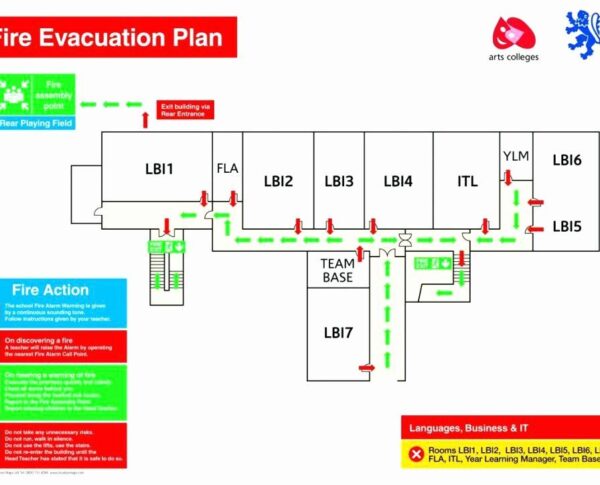There are many types of businesses in different environments. This demands setting requirements and precautions within the work environment appropriately and suitable for the people carrying out the work to ensure performance in a safe and proper manner, in addition to secure the safety of workers and those around them.
Learning Objectives
- Introducing the importance of applying the OSHA system (general and construction) and its legislation
- Awareness of safety requirements and precautions in the work environment under different circumstances
Course Duration: 20 Hours
Target audience
- Safety workers – workers and technicians on construction sites or industrial facilities and service places
- Project managers
Course Outline:
Module 1: OSHA system and regulations.
Module 2: Safety of electrical works and electrical insulation.
Module 3: Chemicals and handling them in a safe manner.
Module 4: Safety of working at heights (ladders, scaffolding, etc.).
Module 5: Safety of lifting and rigging.
Module 6: Dealing with compressed cylinders.
Module 7: Cutting, welding and grinding works.
Module 8: Safety of electrical equipment and hand tools.
Module 9: Requirements for excavation work.
Module 10: Manual handling and safety of cranes and forklifts.
Module 11: Requirements and security for working in confined areas.
Module 12: Personal protective equipment.
Module 13: Relevant guide signs.
Module 14: Work permit system.
By the end of the training course, the trainee will be able to:
- Preparing a list of the necessary work requirements in (heights – confined spaces – drilling sites, etc.).
- Determine the safety means necessary to complete a job, and the proper preventive tasks to perform it correctly.
- Preparing various types of work permit forms.
- Description of handling requirements manually or using equipment.
- Inspecting machines and equipment from a safety perspective.
Read chemical data sheets in the correct way

